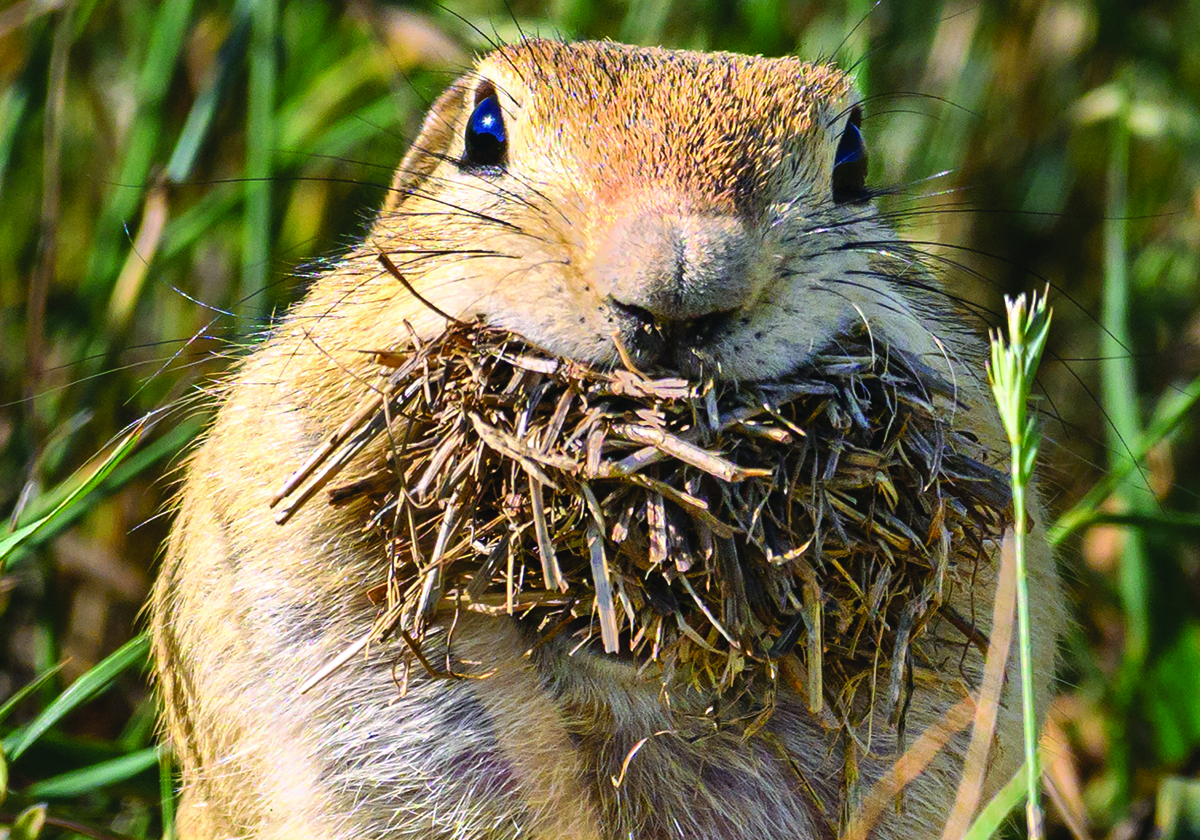Controlling gophers as early as possible in the spring is not only efficient; it’s also the humane thing to do.
University of Lethbridge biologist Gail Michener says the rodents, formally known as Richardson’s ground squirrels, begin their life cycles in early spring when mating takes place.
“The first animals you see in the spring are always males,” she told a recent public meeting at the Municipal District of Rocky View in Calgary.
Read Also

Quebec pork company calls for transparency around gene-edited pigs
Quebec-based pork company duBreton is calling for transparency around meats from gene-edited pigs on concerns that a lack of mandatory labelling will confuse consumers, and dilute certification claims. The organic sector is also calling for labelling rules.
The males are fertile for only three to four weeks a year. They mate vigorously with as many females as possible before fattening up and going back into hibernation within 100 days of emerging in the spring.
“All males are seriously wounded in mating season. Sometimes they will die from all the stress of mating.”
Mating appears to take place in late afternoon for up to six minutes underground. Once a female is pregnant it rejects all further advances.
In the chinook zone of southern Alberta, mating can start in the second week of March but could be delayed by bad weather.
Each female gestates for about a month and produces one litter per year of six or seven.
Babies are born naked and blind. They cannot move around on their own and their eyes do not open until they are 22 days old. They start to emerge from the burrows when they are about 30 days old.
“Most of these animals are going to die a natural death,” she said.
“Think carefully about the timing for controls. Ethically speaking control should be done before litters are born.”
Orphaned litters slowly die of starvation and hypothermia.
If a female loses its litter, it does not cycle again until it has gone through another hibernation.
Females go back into hibernation by late June or early July, spending about 110 days above ground.
Young females stay above ground for about 120 days and return to the burrow in August while juvenile males are out for more than 190 days, returning to hibernate in October.
They need to go through one hibernation cycle before they are ready to reproduce.
Michener has monitored the activities of generations of the little rodents on a four acre patch of the farm she and her husband operate near Picture Butte, Alta.
Gophers have lived on the short grass prairies of the northern plains for at least 10,000 years. English naturalist John Richardson catalogued and named them when he was travelling with the first two Franklin expeditions in search of the Northwest Passage in the early 19th century.
Population densities spike up and down, but survival rates are poor and typically females outnumber males three to one.
About one-third of juvenile females make it through the season while only 10 percent of males survive.
Those that survive the first season have a somewhat better chance. Mature females have a 50-50 chance of surviving another year while 25 percent of adult males survive to their second birthday.
Females usually live two to four years with some living as long as six years.
On her farm, Michener monitored a single female that was born in 1997 and died this spring. She tracks the animals by trapping them and drawing symbols on their backs with brown hair dye. They also have small numbered ear tags.
Her research shows they spend 84 percent of their lives sleeping or hibernating. During their active months they sleep about 10-16 hours a day in a complex burrow system with a number of chambers and exits.
Females prepare burrows for offspring and often live adjacent to female relatives. Males move to other burrows to prevent inbreeding.
They recognize each other through a scent produced in a gland near their mouths.
Gophers prefer to live in short grass regions so that they can watch for predators and other dangers. They eat grass one blade at a time.
They can survive well in a drought and don’t have to drink water. They have concentrated urine and dry feces, and rely on moisture found in plants. They will drink water if it is available.
“Most never drink free water throughout their lives,” Michener said.
Badgers are a major threat, capable of digging into the burrows year round where they will eat infants and hibernating animals.
Other hunters include weasels, hawks and owls.


















